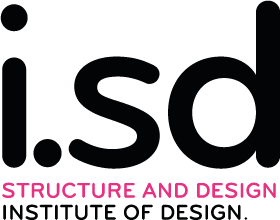EM2 Design Studio ECOLOGIES OF SCIENCE –Science CenterInnsbruck… encore!
This design studio is organised as a collaborative studio, based on the idea that participants in this studio will learn as much from each other as from professors or tutors of the institute. Students will, therefore, form teams of two persons each to develop, present and submit their design thesis together. Within the framework of the studio’s brief, teams will work on their own schedule and organise themselves to meet deadlines, prepare presentations and subdivide the design and research work. Reviews will take place once a week. Meetings will be held at the institute, online only or hybrid.
Also, all teams are encouraged to discuss and exchange ideas, tools, techniques, and skills and contribute to a large studio archive of ideas and concepts furthering their experience and fostering their architectural knowledge. This constant exchange of information will –in addition to the weekly meetings in person –largely rely on digital tools. The university and the institute, therefore, will provide a series of tools and resources which we will use throughout the design course to upload, structure, organise, store, distribute, share, and present information and knowledge among all participants. Additionally, the studio will make use of online tutorials, courses, and other resources ab out digital design tools and technologies that are available on the internet.
OLAT will be used to upload, collect and distribute the weekly briefs and other important documents and information, such as access links, reading lists, or submission materials. MIRO will be used to organise, structure and dis playthe (preliminary) results of your work. All work will be uploaded to the respective
MIRO board and remains there throughout the entire design pro cess. In that way a comprehensive digital archive of all work is assembled that can be used for collaboration, information exchange and presentations. A link to the board will be sent out in time. Every week, all work in progress and other mate rials for discussion will be uploaded to MIRO before the review and presented from the MIRO board during the review.
Work includes research, analysis, and synthesis in order todeduct and organize one‘s ideas to form a coherent architectural proposal. Design research is conducted via state-of-the-art design methodologies, that will be individually developed in digital and physical models. The architectural proposals will be represented via diagrammatic and architectural drawings, visualisations and physical model building to communicate the individual concept of the students‘ work.

